Have you ever stood in your kitchen, a handful of vegetable peels or a used coffee filter in your hand, and felt a tiny pang of guilt as you tossed it into the trash? You know that bag is destined for a landfill, but what’s the alternative? Well, my friend, what if I told you that you’re not holding waste, but the very foundation of your garden’s future? You’re holding the key to richer soil, healthier plants, and a lighter environmental footprint. You’re holding the raw ingredients for what gardeners reverently call “black gold.”
Welcome to the wonderful, wiggly, and deeply satisfying world of DIY composting. This isn’t some complex, scientific ritual reserved for experts with acres of land. It’s a natural process that you can easily harness in a corner of your balcony, backyard, or even under your kitchen sink. This guide is your friendly, step-by-step manual to transforming your everyday kitchen waste compost into the most powerful, nutrient-rich plant food on earth. So, let’s roll up our sleeves and dig in.
Introduction: More Than Just a Pile of Garbage
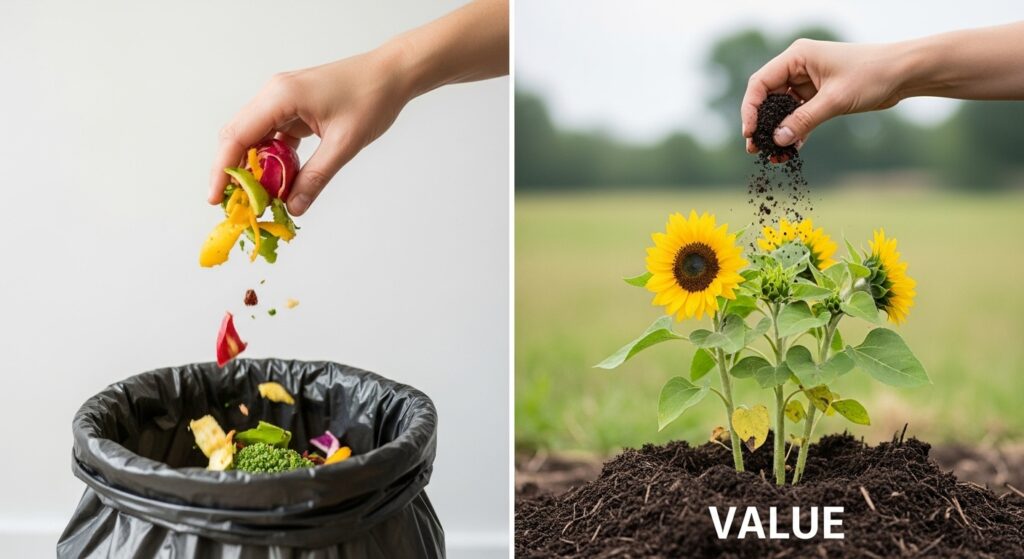
For centuries, gardeners have understood a simple truth: what comes from the earth can—and should—return to it. Composting at home is the ultimate act of ecological reciprocity. It’s a small, tangible way to break free from the linear “take-make-waste” model and step into a circular, regenerative cycle right in your own home.
The benefits are profound, both for your little patch of earth and the planet as a whole. Every year, a staggering amount of organic waste—food scraps, yard trimmings—ends up entombed in landfills. There, deprived of oxygen, it decomposes anaerobically (without air), releasing methane, a potent greenhouse gas that’s a major contributor to climate change. By composting, you’re not just reducing your trash output by up to 30%; you’re actively preventing the creation of this harmful gas.
But the magic doesn’t stop there. For your plants, home compost is nothing short of a miracle elixir. It’s not just a fertilizer; it’s a complete soil amendment. It improves soil structure, helping heavy clay drain better and sandy soil retain precious moisture. It teems with beneficial microbes and fungi that create a thriving ecosystem for plant roots, helping them better absorb nutrients and resist disease. It’s a slow-release, all-natural food that won’t burn delicate roots like synthetic fertilizers can. In short, it brings your soil to life.
What is Composting, Really? (It’s Alive!)
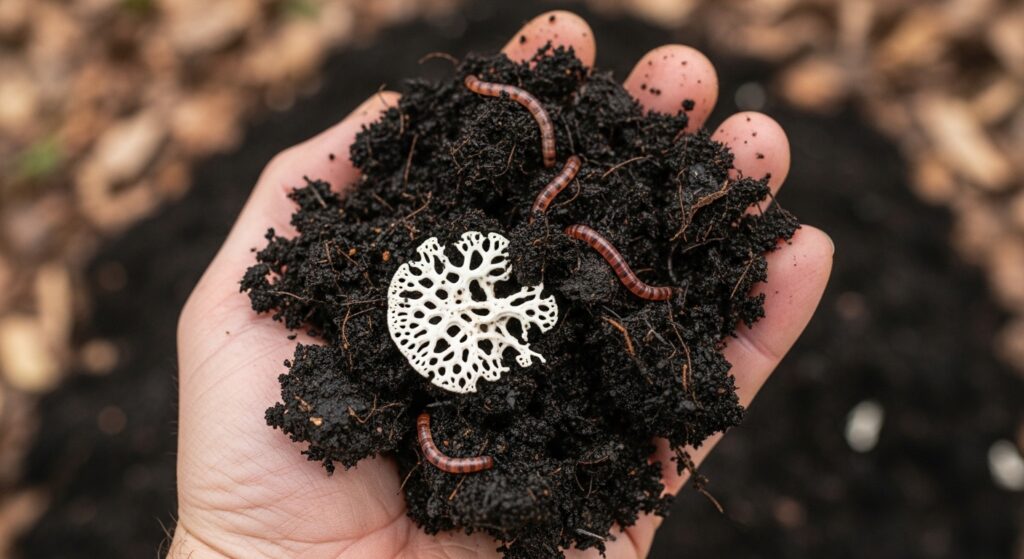
At its heart, composting is simply the process of speeding up nature’s own recycling system. In a forest, fallen leaves, dead trees, and animal droppings don’t get bagged up for collection. They pile up on the forest floor and are slowly broken down by a vast workforce of decomposers: bacteria, fungi, insects, worms, and more. The result is a layer of rich, dark, crumbly humus that nourishes the entire ecosystem.
When you make compost at home, you’re becoming the manager of a tiny, hyper-efficient version of that forest floor. You’re creating the ideal conditions for those same decomposers to do their work as quickly and effectively as possible. You provide them with a balanced diet (your kitchen and yard waste), a comfortable home (your compost bin), and just the right amount of air and water. In return, they work around the clock, generating heat as they metabolize, to transform your “waste” into a valuable resource.
It’s a living process. If you stick your hand into a healthy, active compost pile, you’ll feel warmth. That heat is a sign of millions of microbes hard at work. It’s this controlled, aerobic (with air) decomposition that distinguishes composting from the smelly, anaerobic rot that happens in a landfill.
The Bounty of Benefits: Why You’ll Never Look at a Banana Peel the Same Way Again
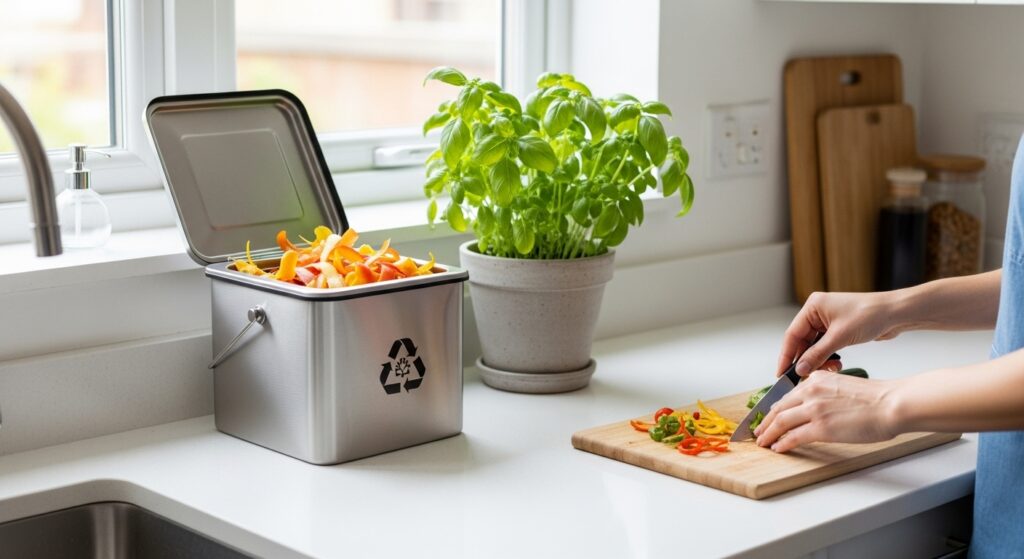
The reasons to start composting kitchen waste are as layered as a well-built compost pile.
- Waste Not, Want Not: The most immediate impact is the dramatic reduction in your household trash. You’ll take the trash out less often, and your kitchen bin will smell better without those rotting food scraps sitting in it.
- Save Money, Skip the Store: Bagged compost and soil amendments can be expensive. By making your own, you eliminate that cost entirely. You’re creating a premium garden product for free, from resources you already have.
- Supercharge Your Soil: This is the gardener’s prize. Compost improves soil tilth (its physical condition), making it easier to work and better for root growth. It acts like a sponge, holding water and reducing your need to irrigate. It suppresses plant diseases and pests by fostering a healthy, competitive soil biology.
- The Ultimate Eco-Friendly Act: You are directly reducing landfill mass, cutting methane emissions, and closing the nutrient loop. You’re also reducing the need for chemical fertilizers, which often require significant energy to produce and can run off into waterways.
Choosing Your Champion: Finding the Right Composting Method for You
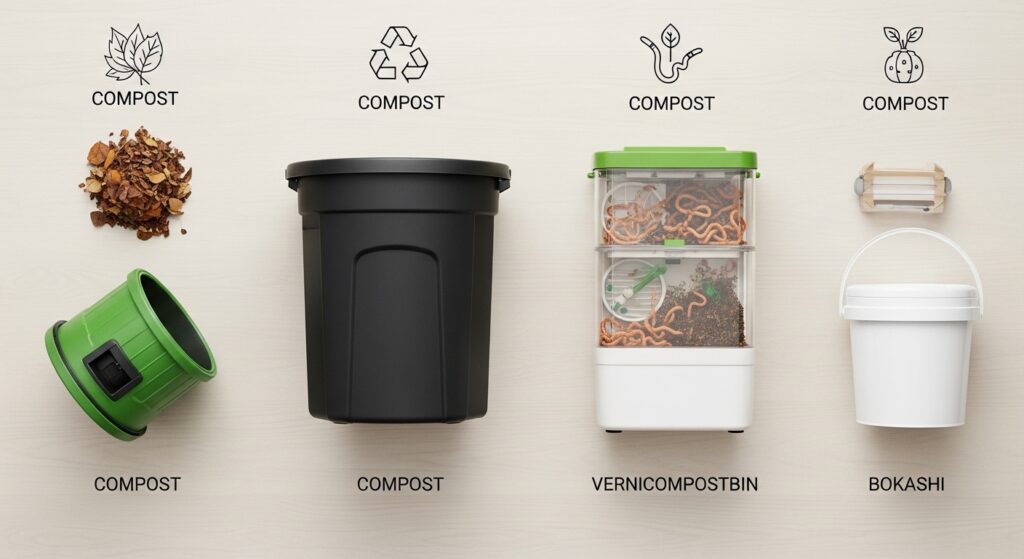
One of the beauties of composting is its flexibility. There’s a method to fit every lifestyle, space, and comfort level. Let’s explore the most popular ways to make compost at home.
1. The Compost Pile: The Classic Method
- What it is: The simplest form—a free-standing heap in a corner of your yard.
- Best for: Gardeners with ample space who don’t mind the look of a pile and have a good amount of yard waste.
- Pros: Free to start, easy to turn with a pitchfork, can handle large volumes.
- Cons: Can be slow, may attract pests if not managed well, can be visually unappealing to some.
2. The Compost Bin: The Contained Workhorse
- What it is: An enclosed container, often made of plastic or wood, that contains the pile neatly. Many have lids and doors for easy access.
- Best for: Most homeowners with a small- to medium-sized yard. It’s tidy and efficient.
- Pros: Neat appearance, retains heat and moisture well, deters pests, widely available.
- Cons: Can be more expensive, turning can be slightly more awkward than a free pile.
3. The Tumbler: The Speed Demon
- What it is: A barrel-shaped container mounted on a frame that allows you to turn it by rotating a crank.
- Best for: Those who want fast results with minimal effort and have a smaller amount of waste.
- Pros: Incredibly easy to turn and aerate, very fast decomposition (can produce compost in weeks), excellent at keeping pests out.
- Cons: Higher cost, limited capacity, can be difficult to turn when full, requires a good balance of materials from the start.
4. Vermicomposting: The Underground Army
- What it is: Using special types of worms (usually red wigglers) to break down food scraps in a contained bin. The result is both compost and a potent liquid fertilizer called “worm tea.”
- Best for: Apartments, condos, homes with no yard, classrooms, and anyone who wants to compost indoors.
- Pros: Can be done indoors year-round, no outdoor space needed, fast and efficient, fun for kids.
- Cons: Worms need specific care (temperature, moisture), you can’t compost all types of food (e.g., citrus, onions in large quantities), limited capacity.
5. The Bokashi Method: The Fermenter
- What it is: An anaerobic process that ferments kitchen waste, including meat and dairy, in a special airtight bucket using a bran inoculated with Effective Microorganisms (EM).
- Best for: Those who want to compost absolutely all food waste quickly and have a plan for the pre-compost product (it needs to be buried in soil to finish breaking down).
- Pros: Very fast (2 weeks to ferment), handles all food scraps, no odor during fermentation, can be done indoors.
- Cons: Requires buying the Bokashi bran, produces a pre-compost that must be buried, two-step process.
For most beginners with a yard, a simple home compost bin is a perfect starting point. For those without outdoor space, vermicomposting is a fantastic and efficient alternative.
The Golden Rules: What to Feed the Beast (And What to Keep Away)
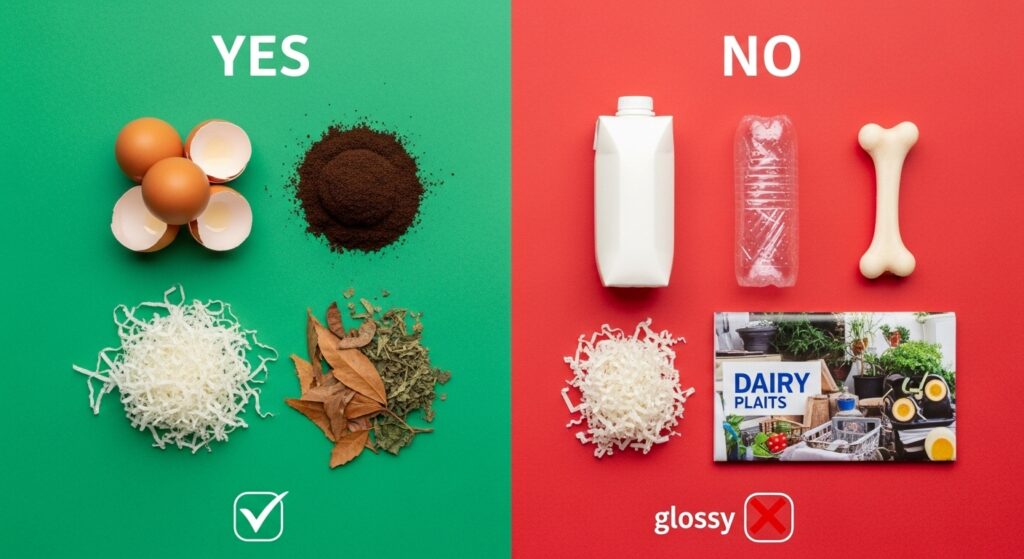
A successful compost pile is all about balance. Your decomposer workforce needs a balanced diet of two main types of materials, often called “Greens” and “Browns.”
- Greens (Nitrogen-Rich Materials): These provide protein for the microbes. They are typically moist and colorful.
- Yes! Fruit and vegetable scraps, coffee grounds and filters, tea leaves and paper bags, fresh grass clippings (in thin layers so they don’t mat), plant trimmings, manure from herbivores (cow, horse, rabbit, chicken).
- Browns (Carbon-Rich Materials): These provide energy (carbohydrates) for the microbes. They are typically dry and brown.
- Yes! Dry leaves, straw or hay, wood chips and sawdust (from untreated wood), shredded cardboard (non-glossy, tape removed), shredded newspaper (black and white ink only), egg cartons, dried pine needles.
A good rule of thumb is to aim for a ratio of about 2-3 parts Browns to 1 part Greens by volume. Too many Greens, and your pile will become a slimy, smelly mess. Too many Browns, and decomposition will grind to a halt.
The “Do Not Compost” List: Some things will attract pests, create odors, or introduce diseases or chemicals into your pile.
- Never Add:
- Meat, fish, and bones: Attracts rodents and creates foul odors.
- Dairy products: (Butter, milk, yogurt, cheese): Attracts pests and smells.
- Fats, oils, and grease: Coats materials, preventing aeration and attracting pests.
- Diseased or insect-ridden plants: The pile may not get hot enough to kill the pathogens, which could then spread back into your garden.
- Pet waste (dog, cat, bird): Can contain harmful parasites and pathogens.
- Glossy or coated paper: Contains chemicals and plastics.
- Coal or charcoal ash: Can contain sulfur and other substances harmful to plants.
- Chemically treated wood products: Could introduce toxins.
Your Step-by-Step Guide to Building a Thriving Compost Pile
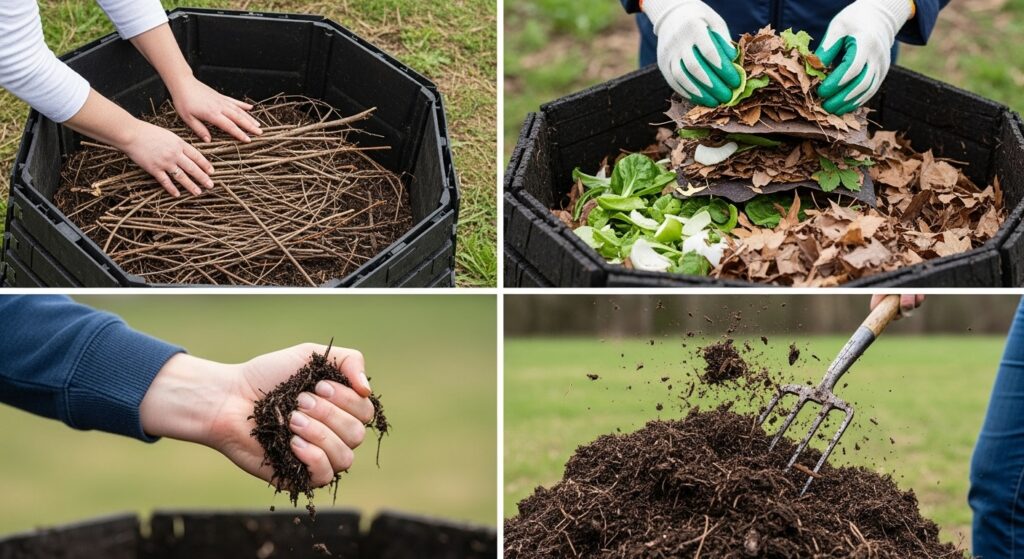
Ready to get started? Let’s walk through the process of building and maintaining a classic compost pile or bin.
Step 1: Find the Perfect Spot
Choose a level, well-draining spot in your yard that’s easily accessible year-round. A location with partial shade is ideal; full sun will dry the pile out too quickly, and full shade can keep it too wet and cold.
Step 2: Start with a Foundation
Begin your pile directly on the soil. This allows worms and other beneficial organisms to migrate into the pile and aids with drainage. You can place a layer of coarse brush or small twigs at the very bottom to improve airflow from the bottom up.
Step 3: The Art of Layering (Lasagna for the Soil)
Think of building your compost like making lasagna. You want to alternate layers of Greens and Browns
- Start with a thick, fluffy layer of Browns (4-6 inches). This could be fallen leaves or shredded cardboard.
- Add a layer of Greens (2-3 inches). Your kitchen scraps, coffee grounds, etc.
- Sprinkle on a thin layer of finished compost or garden soil. This inoculates the pile with the very microbes you want to cultivate.
- Lightly moisten the layer. The pile should feel like a wrung-out sponge.
- Repeat! Brown, Green, soil, moisture. Keep building until your bin is full or your pile is about 3-4 feet high. This size is ideal for retaining heat.
Step 4: Maintain the Momentum
A compost pile is a living thing; it needs occasional care.
- Turning: Every week or two, use a pitchfork or compost aerator to turn the pile. This introduces crucial oxygen, redistributes moisture and heat, and speeds up decomposition. If you’re using a tumbler, just give it a few cranks every couple of days.
- Moisture Check: Stick your hand in. Is it dry and dusty? Add water with a watering can as you turn it. Is it soggy and smelly? Add more dry Browns (shredded newspaper is great for this) and turn to incorporate more air.
Step 5: Patience is a Virtue
Depending on your method and how actively you manage it, compost can take anywhere from two months to a year to be ready. A well-tended, hot pile will be fastest. A slower, cold pile still works—it just takes more time.
Troubleshooting: Reading Your Pile’s Signals
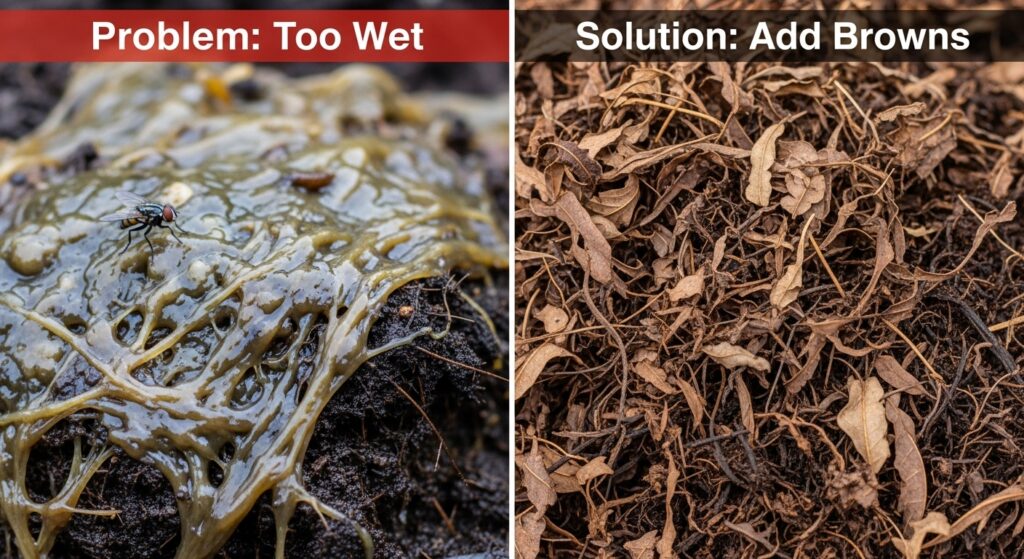
Your compost will give you clues about its health. Here’s how to decode them.
- Problem: It smells foul, like rotten eggs.
- Diagnosis: Too wet and not enough air (anaerobic).
- Cure: Turn the pile immediately to incorporate air. Mix in a generous amount of dry Browns like straw or shredded paper to soak up excess moisture.
- Problem: It’s not breaking down; it’s just sitting there.
- Diagnosis: Could be too dry, not enough Greens (nitrogen), or not enough air.
- Cure: Moisten the pile while turning it. Add a layer of fresh Greens like grass clippings or vegetable scraps to kickstart the microbial activity. Turn it more frequently.
- Problem: It’s attracting flies and pests.
- Diagnosis: Food scraps are too close to the surface.
- Cure: Always bury new food scraps under a 6-inch layer of Browns or finished compost. A secure lid on your bin also helps immensely.
- Problem: The pile is warm in the middle but nowhere else.
- Diagnosis: This is normal! The core is always the most active. Or, the pile might be too small to generate widespread heat.
- Cure: Make sure your pile is at least 3 feet wide and tall. When you turn it, try to bring the outer materials into the center.
The Grand Finale: How to Know When Your Compost is Ready
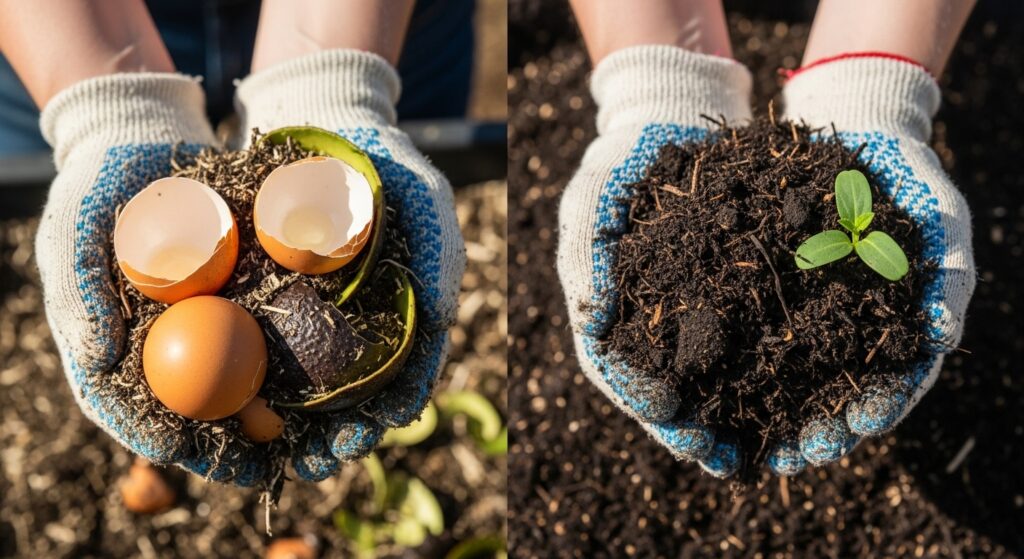
You’ve nurtured your pile for months. How do you know when it’s time to harvest?
- It looks like soil: The finished product is dark, crumbly, and has a smooth, earthy texture. You shouldn’t be able to recognize any of the original materials (except for a few stubborn twigs or eggshells, which can be sifted out).
- It smells like a forest: It has a fresh, sweet, earthy aroma. It should smell pleasant, not sour or rotten.
- It’s cool to the touch: The microbial activity has slowed down, and the pile is no longer generating heat.
Even if it looks done, it’s a good idea to let it “cure” for another few weeks. This allows the decomposition to fully complete and stabilizes the nutrients, making it even better for your plants. You can sift it through a mesh screen to remove any large chunks, which can be thrown back into your new pile to continue breaking down.
Putting Your “Black Gold” to Work in the Garden
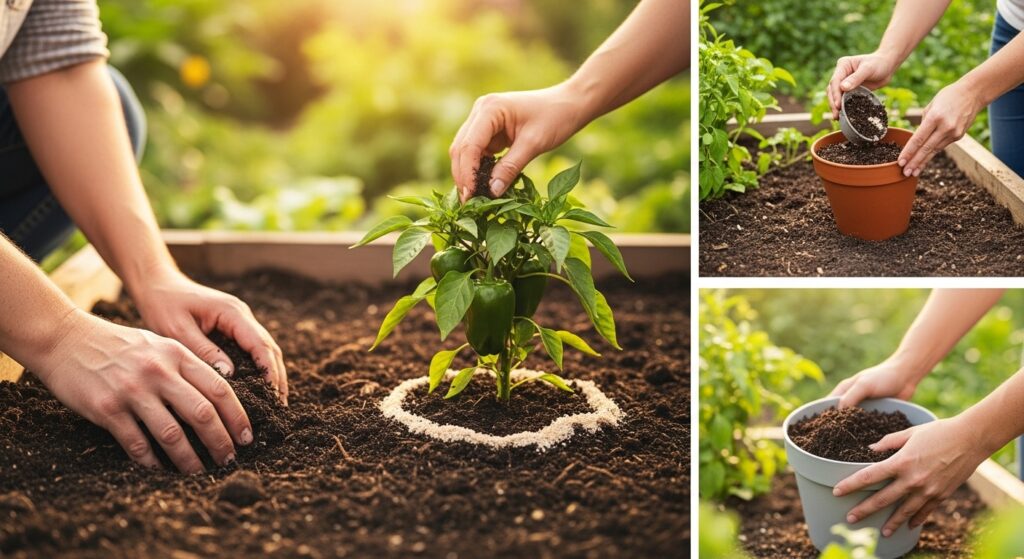
This is the rewarding part! Your finished compost is incredibly versatile.
- Soil Amendment: Before planting a new bed or in the spring, work a 2-3 inch layer of compost into the top 6 inches of your soil. This is fantastic for vegetable gardens, annual flower beds, and around fruit trees and berry bushes.
- Top-Dressing: Sprinkle a thin layer (½ to 1 inch) around the base of established plants, trees, and shrubs. Gently scratch it into the soil surface. As you water, the nutrients will slowly feed the roots.
- Potting Mix: Create your own nutrient-rich potting soil by mixing one part compost with one part perlite or vermiculite and one part coconut coir or peat moss. Your seedlings and houseplants will thrive.
- Compost Tea: Steep a shovel-full of compost in a bucket of water for 24-48 hours. Strain it and use the resulting liquid as a powerful, liquid fertilizer for a quick plant boost.
Creative & DIY Compost Bin Ideas
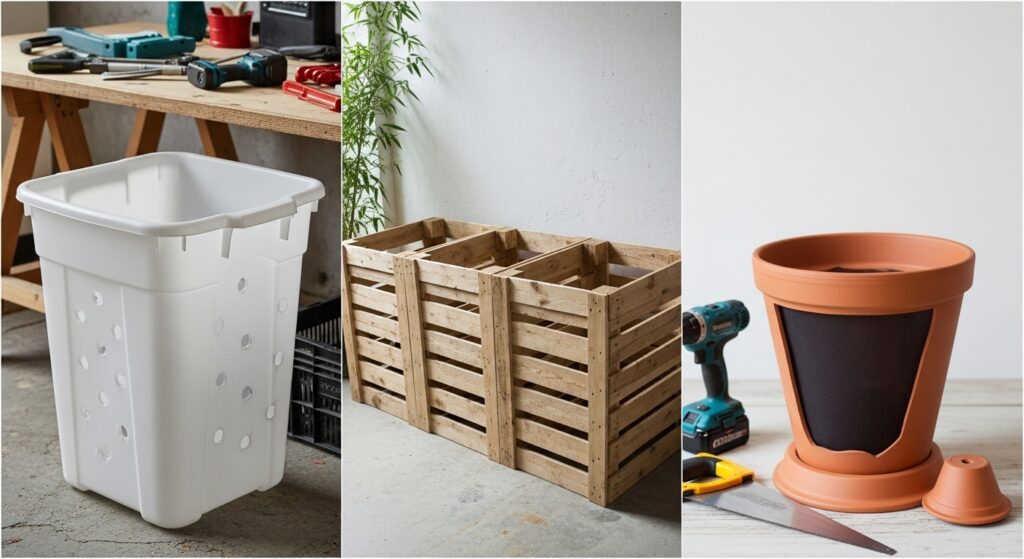
You don’t need to buy an expensive bin to get started. With a little ingenuity, you can create a perfect home compost bin for very little cost.
- The Pallet Bin: Source four wooden pallets (make sure they are marked HT for Heat-Treated, not MB for Methyl Bromide). Stand them up to form a square and wire or screw them together at the corners. It’s sturdy, provides great airflow, and is often free!
- The Trash Can Converter: Take a plastic or metal trash can with a lid. Using a drill, punch numerous holes all over the sides, bottom, and lid for aeration. Place it on a few bricks for drainage, and you have a mobile, contained composter.
- The Wire Mesh Bin: Get a length of hardware cloth or sturdy wire mesh. Form it into a circle and secure the ends with wire or zip ties. It’s a simple, effective, and inexpensive container that’s easy to set up and take down.
- The Wood and Wire Three-Bay System: For the serious composter, build a three-section bin out of wood and wire. This allows you to have one bin for new scraps, one actively cooking, and one for finished compost that’s curing.
Conclusion: Your Journey to “Black Gold” Starts Today
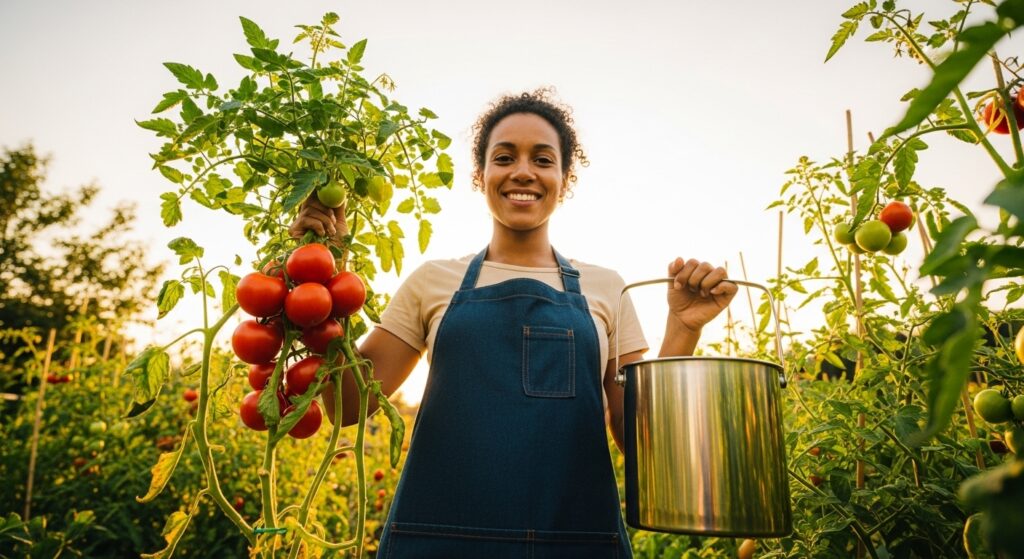
Composting is more than just a gardening technique; it’s a mindset. It’s about seeing potential where others see waste. It’s about participating in the ancient, beautiful cycle of growth, decay, and rebirth. It connects you to your food, your garden, and the planet in a profoundly tangible way.
You don’t need to be perfect. You might have a smelly pile or a slow pile at first. That’s okay! Every experienced composter has been there. The microbes are forgiving, and the process is incredibly resilient.
So, the next time you’re in the kitchen about to toss those apple cores or coffee grounds, pause. See them for what they truly are: the first layer of your very own lasagna for the soil. Your future tomatoes, your blooming roses, and the earth itself will thank you for it. Start small, start today, and join the quiet revolution of turning scraps into gold. Happy Composting.

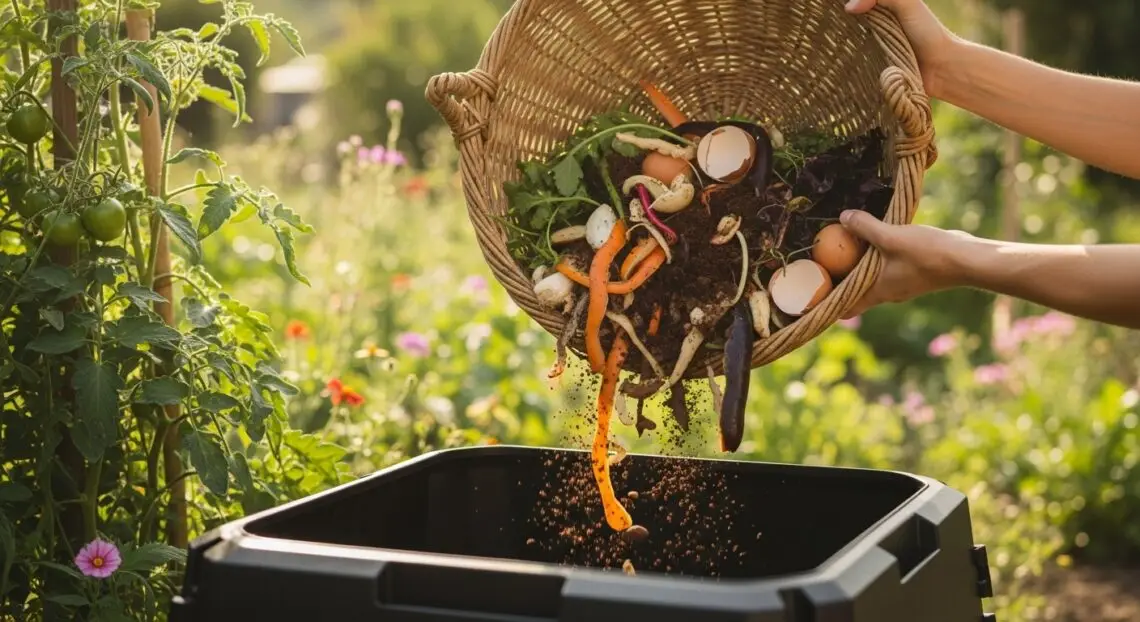
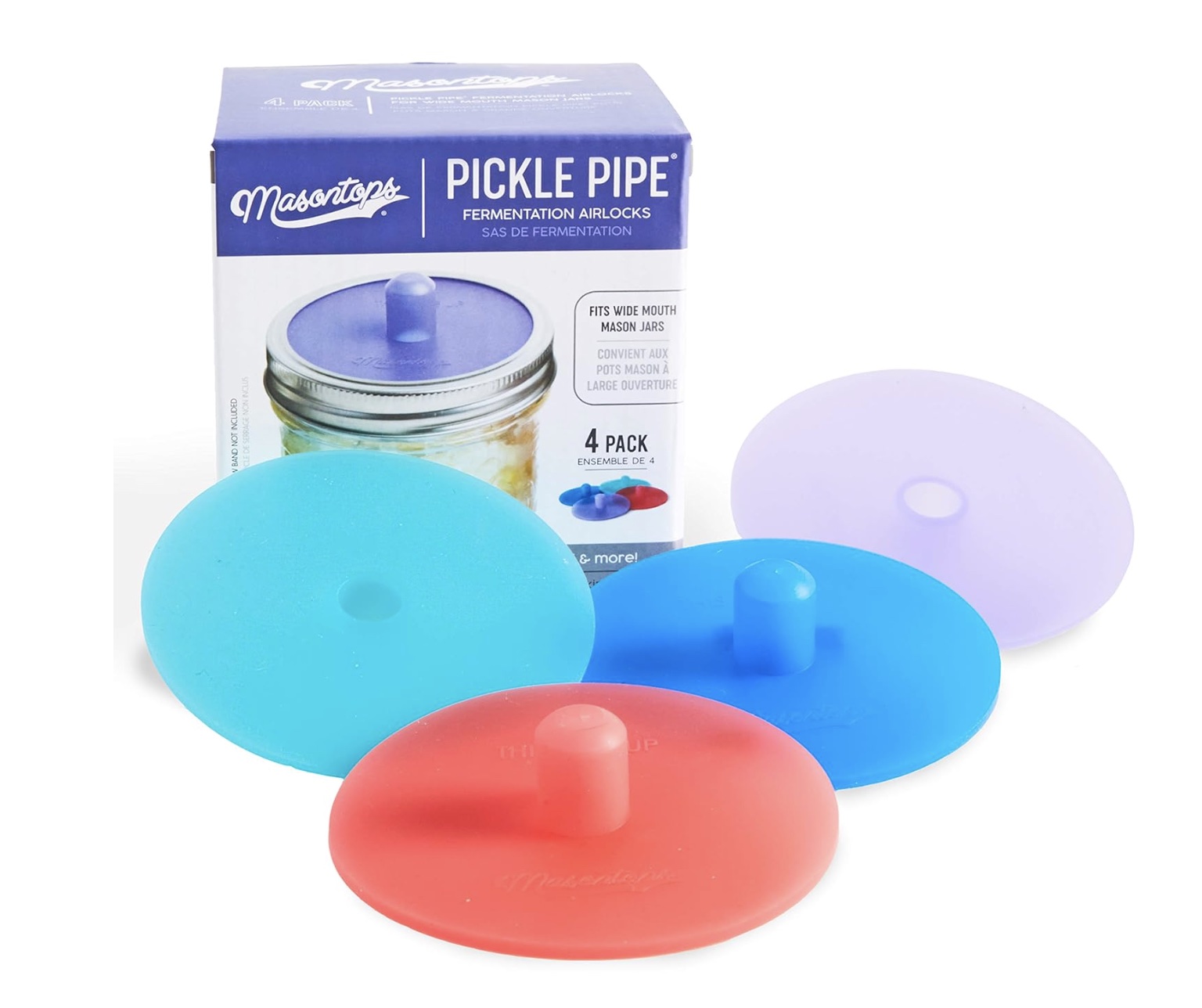

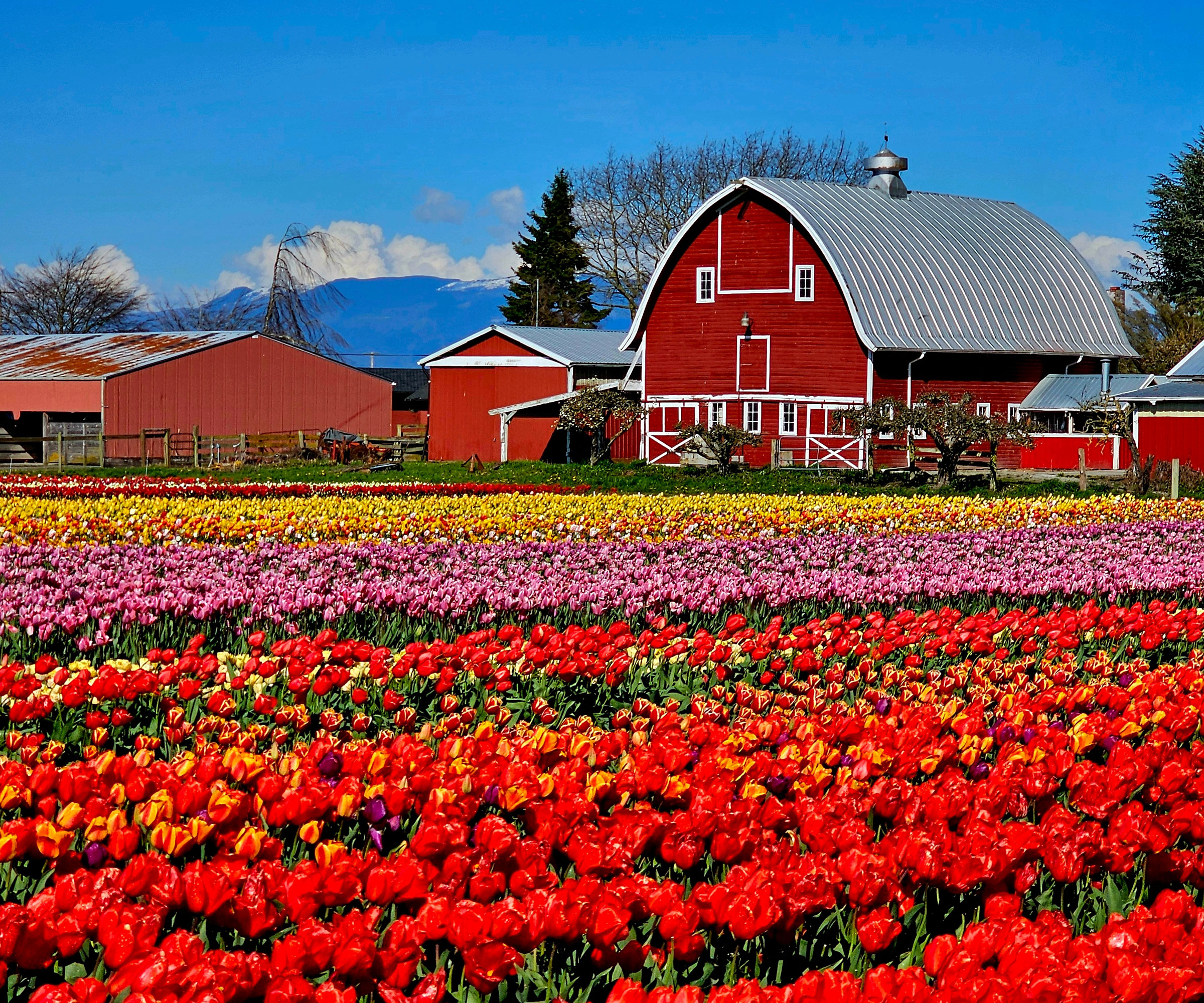
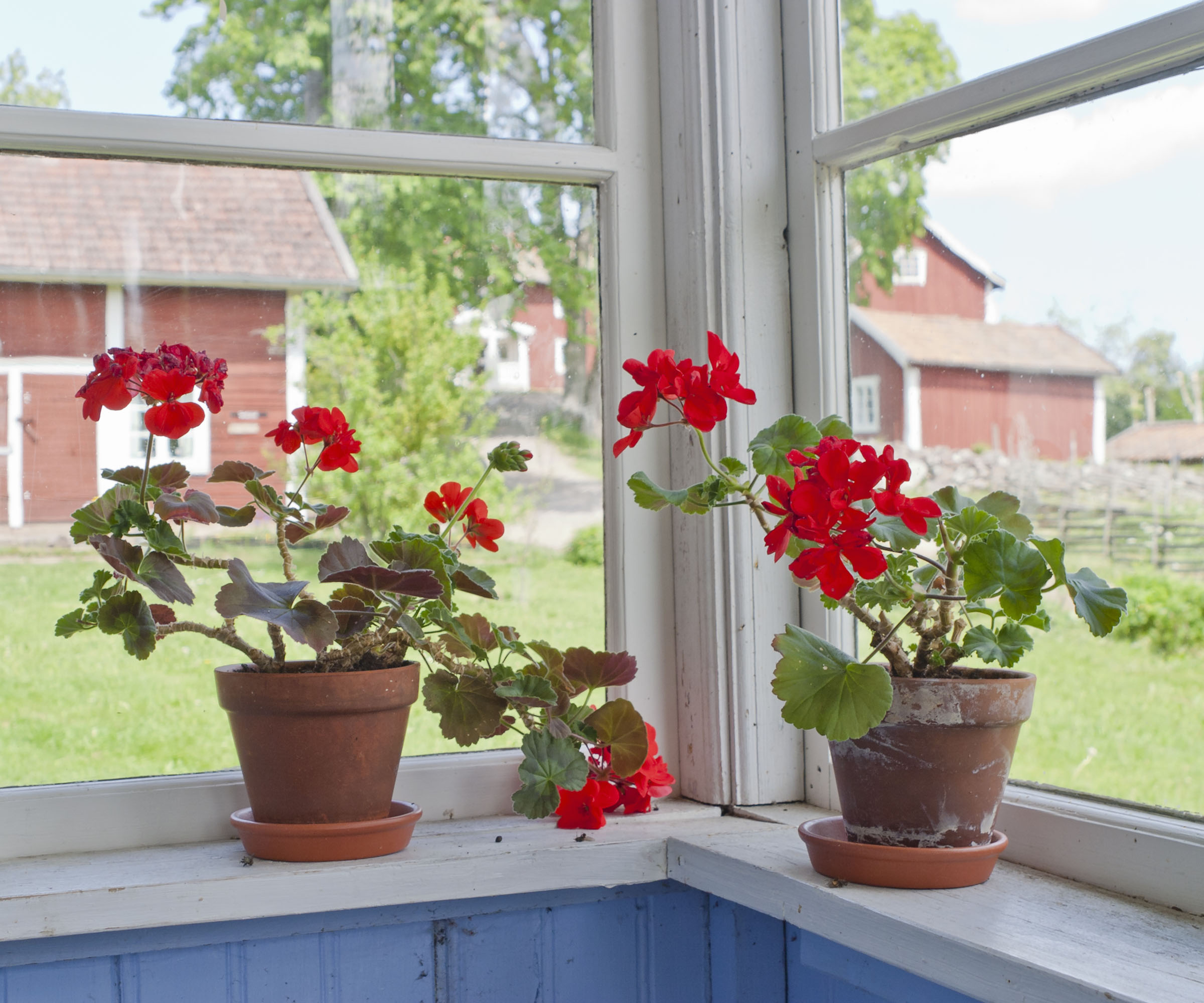
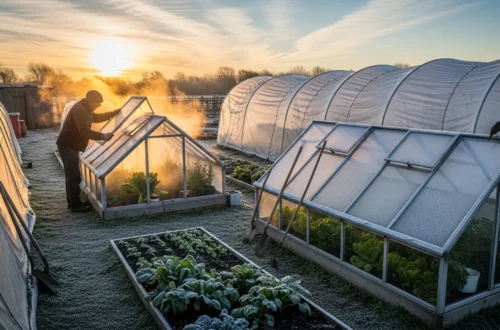
3 Comments on “Turn Your Scraps into Soil Gold: The Ultimate Guide to Making Compost at Home”